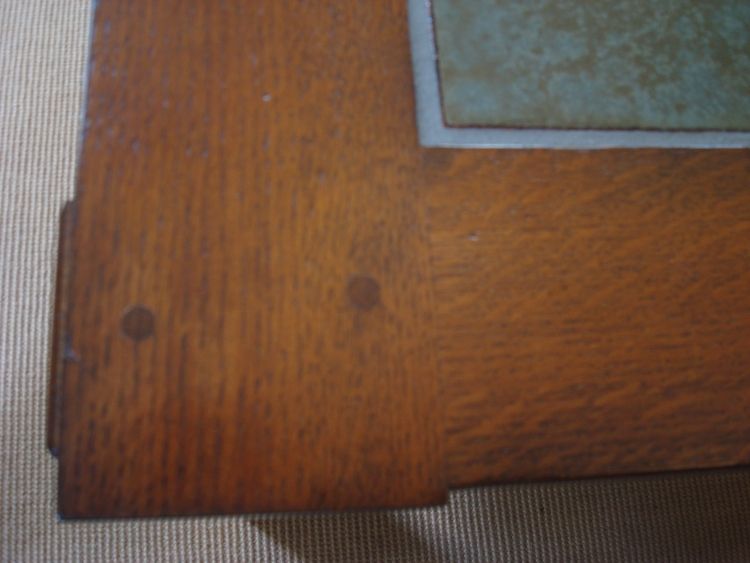Staining a Beech Kitchen
If you use Beech as a substitute for Alder, achieving a consistent finish tone can be a tricky problem. July 27, 2008
Question
A few months ago I asked what would be a good alternative to clear alder that would be harder and hold up a bit better to dings and scratches. After several recommendations from you guys to use beech, we gave it a try. All were correct about the hardness, and it did make a nice looking kitchen. However, people also said that the staining could be a bit tricky. Well, we just stained this project and I'm 75% happy with the outcome, but the main issue we are having is that the RP doors and face frames stained out differently - the doors are a few shades darker than the face frames. The wood came from the same supplier at the same time and all parts were made from it. The finish is slick as glass but the color is an issue. The sanding was done on a wide belt at 120, 150, and a quick once over with a palm at 150. I'm wondering if we sanded too much, which closed the grain and prevented stain absorption?
Forum Responses
(Cabinetmaking Forum)
From contributor V:
Sounds like you hit the nail on the head. You say you sanded doors with 120-150 wide belt and then 150 palm. Did you do the same 150 palm on the face frames?
From contributor R:
Just add a little wiping stain to shade your lacquer and tone the face frames. I would do that before re-sanding the frames.
From the original questioner:
Yes, the sanding was the same and my painter did get the two close doing just that. Added more stain to his finish coat to darken the lighter frames. Still the issue is trying to find beech wood filler. My painter has had to make up a special blend to fill holes.
From contributor R:
I guess you see now why so many warned you against staining beech. I have used alder filler successfully with beech but I fill before the painter gets involved. He will have to custom mix now that you stained the job.
From contributor I:
Take a look at your finishing schedule. We had the same issues all of the time until we switched to the spray-no-wipe stains from ICA and started using toners for the initial color step in the process. You will find that using a toner, spray stain, tinted seal coat and a final clear coat you will get great consistency in color on all of the hard to stain woods. It takes a little time to get the process right, but once you do it really makes your work stand out.
